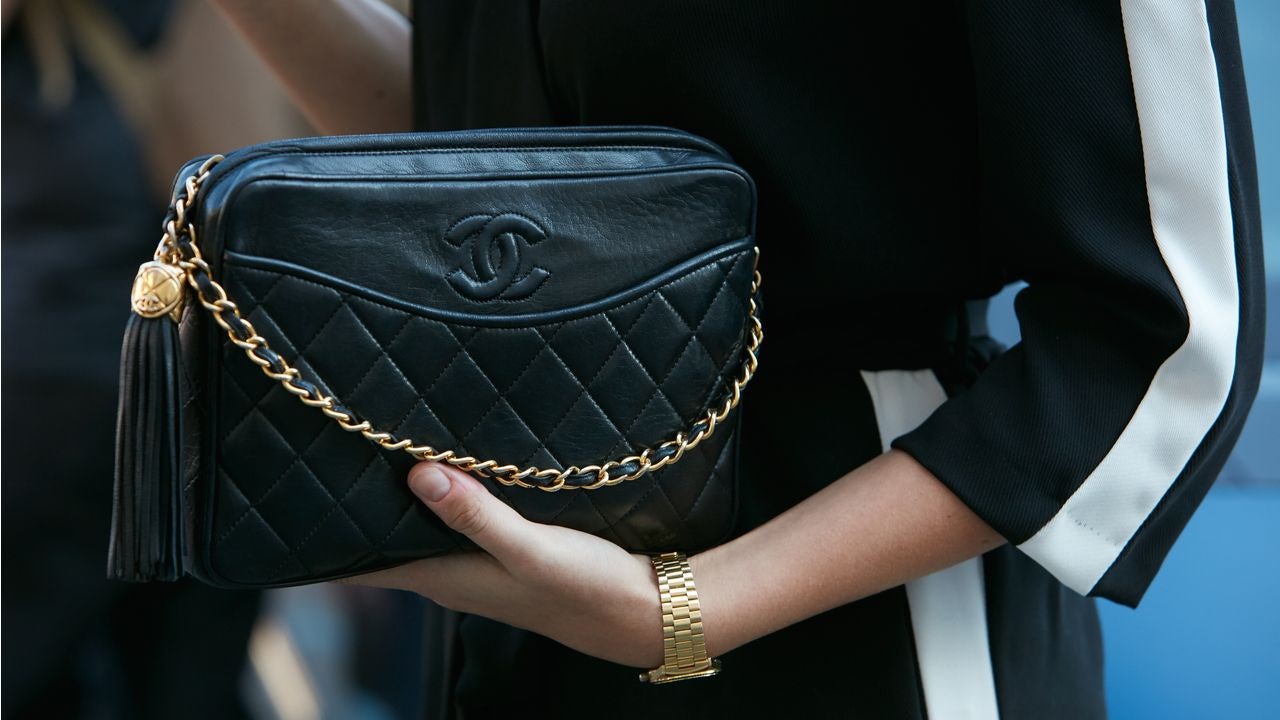Key Takeaways:#
Over 63 percent of Chinese respondents admitted that they “showroom” — meaning they use their phones to check prices while browsing in a store.
It is a common misconception that bargain-hunting consumers solely search at the lower end of the income spectrum, as the bargain-hunting sentiment also resonates with higher-income consumers.
Tools like discount codes increase sales revenue by incentivizing trial products — a method that also builds long-term loyalty.
A paradox of China’s flourishing luxury market is that the desirability of owning a luxury brand product has created a whole new luxury consumer segment — the luxury bargain hunter. This trend has mostly gone unnoticed, as brand executives are likely to have a more idealized vision of their target clientele. That vision likely isn't a person who scrolls their search results on the web to find the best deal.
Nonetheless, the reality is that the democratic aspirations of a broader class of consumers are attracting shoppers who are both brand conscious and price sensitive. Many Chinese consumers with limited financial resources are younger and will be buying luxury products for the first time. To provide context, GDP per capita in China was around 11,000 in 2020 compared to 63,200 in the US. Yet, some consumers do not want to miss out on living at least a part of the luxury dream.
That is where price comes into play. According to a 2019 McKinsey study, 63 percent of Chinese respondents admitted that they “showroom.” Ask any luxury store sales associate, and they will confirm how shoppers use their phones to check prices while browsing in a store.
A luxury bargain is just one way for these consumers to access the luxury brand universe. Still, it is a common misconception that bargain-hunting consumers solely search at the lower end of the income spectrum, as the bargain-hunting sentiment also resonates with higher-income consumers.
This phenomenon is not entirely new. The motivation behind Chinese travelers flocking to Paris, Milan, and other international shopping destinations pre-COVID-19 was primarily to save money on luxury purchases while enjoying foreign travel destinations. And if this was not possible, they could always employ a ‘daigou’ (a cross-border, professional shopper) to obtain a desired luxury item at a lower price than at home.
But what has markedly changed today is the ease of finding a luxury bargain, both closer to home and with just a click. Shopping festivals like Singles’ Day and 618 afford collective savings on luxury products. Not surprisingly, McKinsey reported that the top buying factor for Singles' Day was the magnitude of price discounts. This study also proves that consumers have become accustomed to searching and buying luxury brands at a discount. In this manner, discounting has become a ubiquitous feature within China's luxury landscape.
Sephora, for example, is keen on using discount codes, increasing sales revenue by incentivizing trialing products — a method that also builds long-term loyalty. The opportunities to discount luxury continue to flourish and range from luxury livestreams and Tmall Luxury Soho to a host of luxury discount e-commerce platforms.
As a result, luxury deals have become the accepted norm or the ‘new normal’ of luxury shopping. Furthermore, there is no sign of this trend declining as domestic duty-free shopping continues to develop as an alternative shopping wonderland for price-conscious shoppers. According to the latest Haikou customs data, total sales at duty-free shops in Hainan amounted to 7.2 billion (46.8 billion RMB), up 226 percent compared to July 1, 2020. Cosmetics, watches, and jewelry accounted for 71.5 percent of the total duty-free sales. And Bernstein Research forecasts that Hainan duty-free sales are expected to exceed 200 billion by 2030.
Luxury brands face the looming dilemma of how to navigate this discounting minefield. The theory is that discounting is not part of the luxury experience. Media reports of top-tier luxury brands like Gucci, Louis Vuitton, Chanel, and Dior increasing their prices for the Chinese market is a simple but effective tactic to elevate a brand's status and control consumer demand.
But in practice, many luxury brands fall into the discounting trap, often to unload excess stock or reach out to new consumers. Any discounting strategies will need to be cautiously managed, of course. Promotions, flash sales, and other price-driven selling tactics are not brand-building devices. The case of Coach in the US shows us that discounting can not only dent margins but impact long-term brand equity.
It is not an understatement to state that there is a heightened risk that Chinese consumers will shop with expectations of buying a luxury brand at a discount. But every luxury brand manager should answer this question as honestly as possible: Do I need discounts to sell my luxury brand? If yes, you are very likely playing the wrong game.
Glyn Atwal is an associate professor at Burgundy School of Business (France). He is co-author of Luxury Brands in China and India (Palgrave Macmillan).


